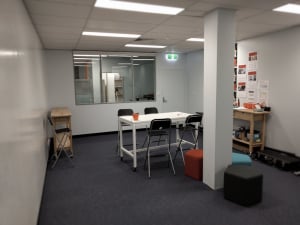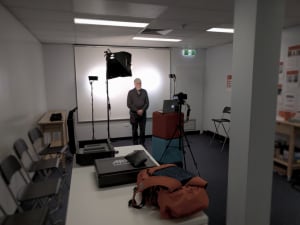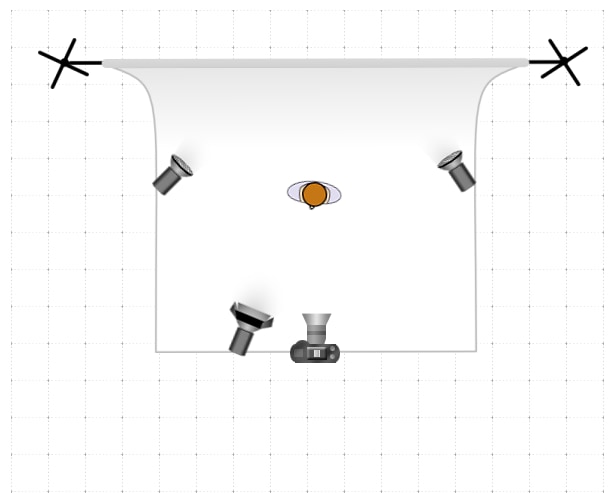When it comes down to it, as an educational designer I am concerned with the creation of meaningful teaching resources guided by the theory behind learning. With a firm understanding of the manner in which we acquire knowledge, content can then be optimised to foster a stronger (and potentially more cohesive) learning experience. When designing video and multimedia, I think it is therefore important to consider the most effective means by which knowledge can be conveyed from teacher to screen to viewer.
… people learn more deeply from pictures and spoken words than from pictures and printed words.
Distinguished Professor and educational psychologist Richard Mayer suggests that “people learn more deeply from pictures and spoken words than from pictures and printed words.” Here, he is referring to what is known as the Modality Principle and directs us to consider the means by which we may convey information to the viewer in a given medium. The Modality Principle is an underlying part of Mayer’s broader Cognitive Theory of Multimedia Learning, a theory based on three assumptions:
- We use two separate channels (auditory and visual) to process information
- Each channel has a finite capacity
- Learning is an active process of filtering, selecting, organising, and integrating data based on prior knowledge
In contrast to other formats (such as print media, photography and sound recording), video can communicate via aural AND visual channels simultaneously. Given that we can only process so much information before being overwhelmed, it is imperative that we arrive at a design whereby the elements in a video are balanced across aural and visual channels respectively. To achieve this, when filming and editing educational video I carefully consider the manner in which the information in question will be organised, revealed and presented onscreen.
Educational Video Design Checklist
- Employ audio AND visual stimuli where appropriate
- Present information clearly, in both an engaging and logical manner
- Minimise extraneous cognitive load (ECL)
Extraneous cognitive load refers to the effort required to process information, which can be reduced by removing all unnecessary elements that may otherwise overwhelm our auditory/visual channels and distract our attention. The following clip is a case in point, with a simple production setup leveraged to minimise ECL and convey the presenter’s message effectively.
In the video above, the presenter is talking straight to the camera and hence fostering a direct connection with us. Filming this content in a closed-studio environment allows for all background and atmospheric noise to be removed. As there is only a single aural element competing for our attention, we can focus entirely on the content of the message. The plain white backdrop similarly removes all visual ‘noise’ that might otherwise serve as a distraction. Whilst this results in an overall minimalist aesthetic, it is allowing us to focus directly on the information being conveyed.
Production Requirements
The videos featured in this article were created using an improvised film production studio. The following photos and lighting diagram illustrate how a meeting room (with dimensions of 3 x 7 metres) and lighting kit can be utilised for optimal effect.



Post-Production
By filming in front of a well-lit plain backdrop, we can then superimpose additional elements (i.e. text and graphics) to create a visually engaging composition onscreen. This can be seen in the video below, produced using the same environment and lighting setup as listed above:
Static content (i.e. photos, slides and written text) can become far more engaging when presented in combination with voice-over narration and/or a sound recording. The clip below demonstrates how specific sections of visual information can be revealed in synchrony with corresponding aural elements, producing an effective piece that is greater than the sum of it parts.
Creating video content is a time-consuming endeavour and should be approached with careful consideration toward the budget, technical resources, the creative team’s capabilities and the level of production values that are required for the finished work. Storyboarding and planning should be regarded as mandatory before entering into the production (filming) phase of any video project, and we should keep in mind that educational video content between 6-9 minutes in duration has been found to promote the highest level of engagement with viewers in the tertiary education sector.
If you are interested in finding out more about effective educational video design (including how to set up an improvised film production studio), please feel free to get in touch with me from the Faculty of Health Science’s Educational Development Team.






1 Comment